Dead Angles
of Personalization:
Integrating Curation Algorithms
in the Fabric of Design
Nolwenn Maudet
University of Tokyo
DIS, San Diego, June 28th 2019
— 1 —
Introduction
There is too much information
on the internet
so how should we curate it?

Personalization
or Customization
“a process that changes the functionality, the interface, information content, or distinctiveness of a system to increase its personal relevance”
[Blom, J., 2000]
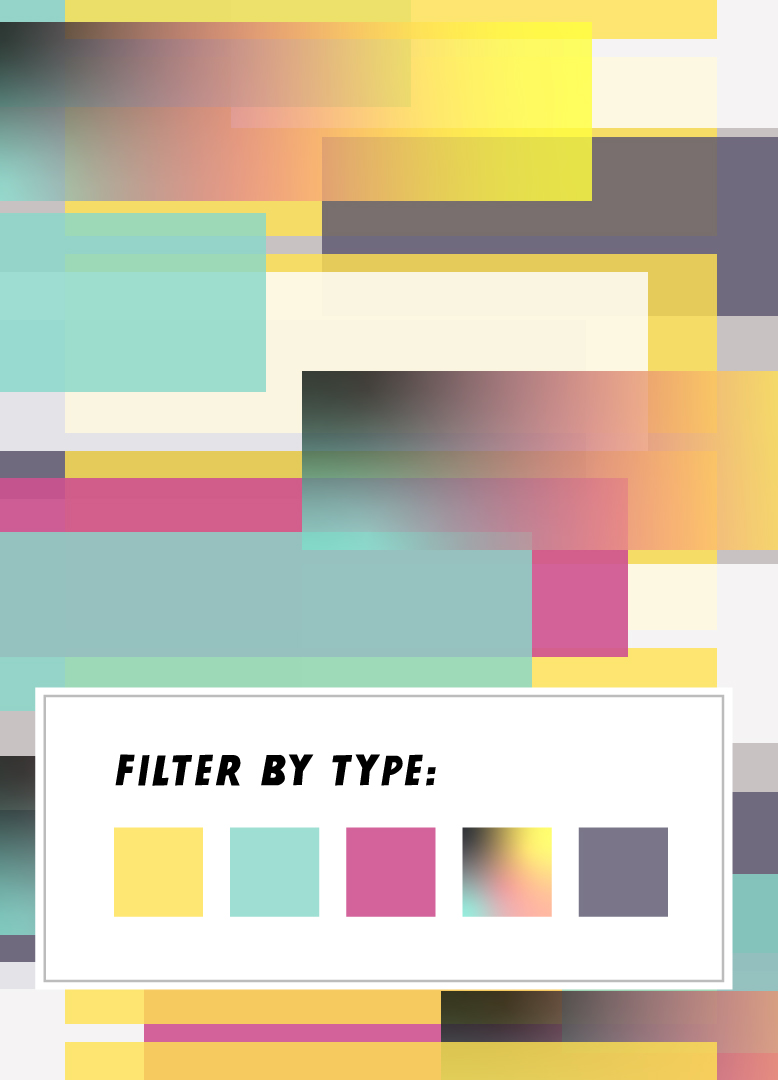


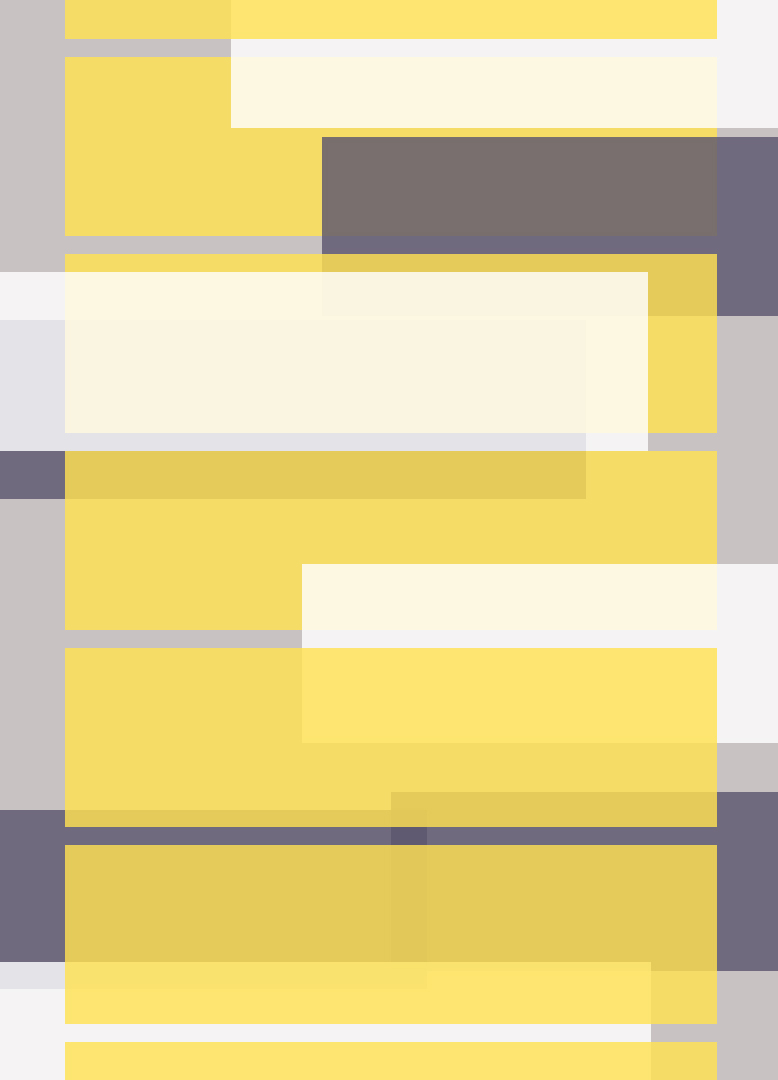
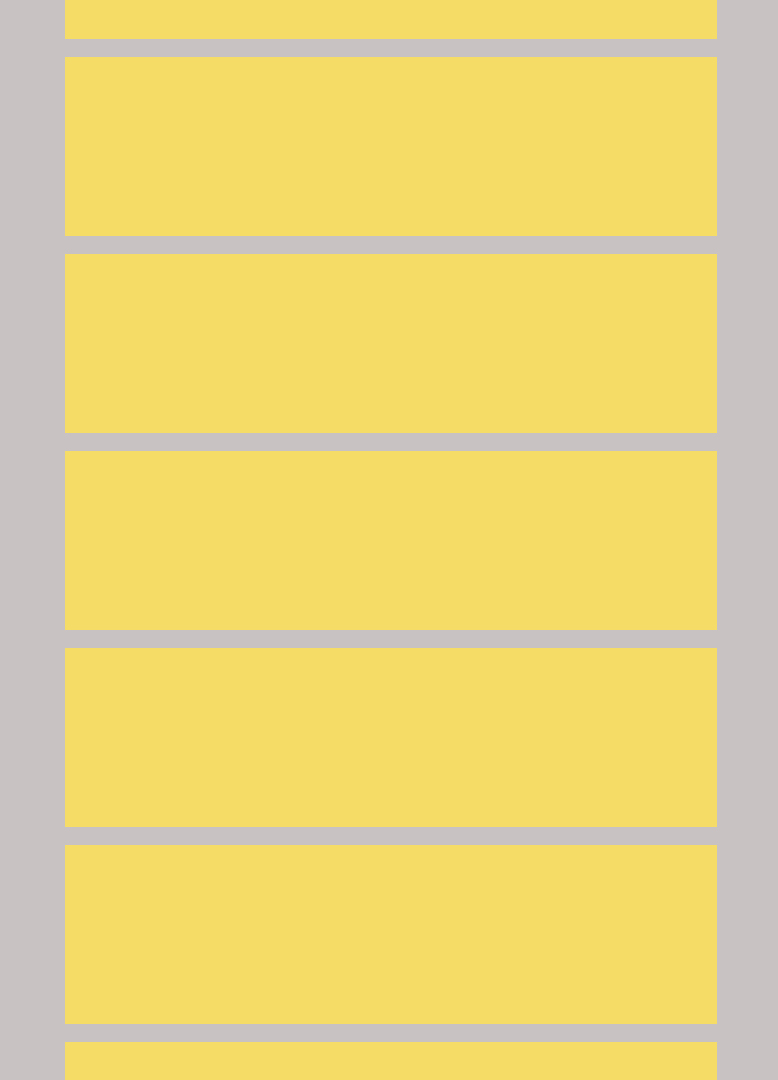
Curation algorithms
and algorithmic bias
[Feuz, M. et al., 2011] [Bozdag, E., 2013] [Zuboff, S., 2015] [Schou, J. and Farkas, J., 2016]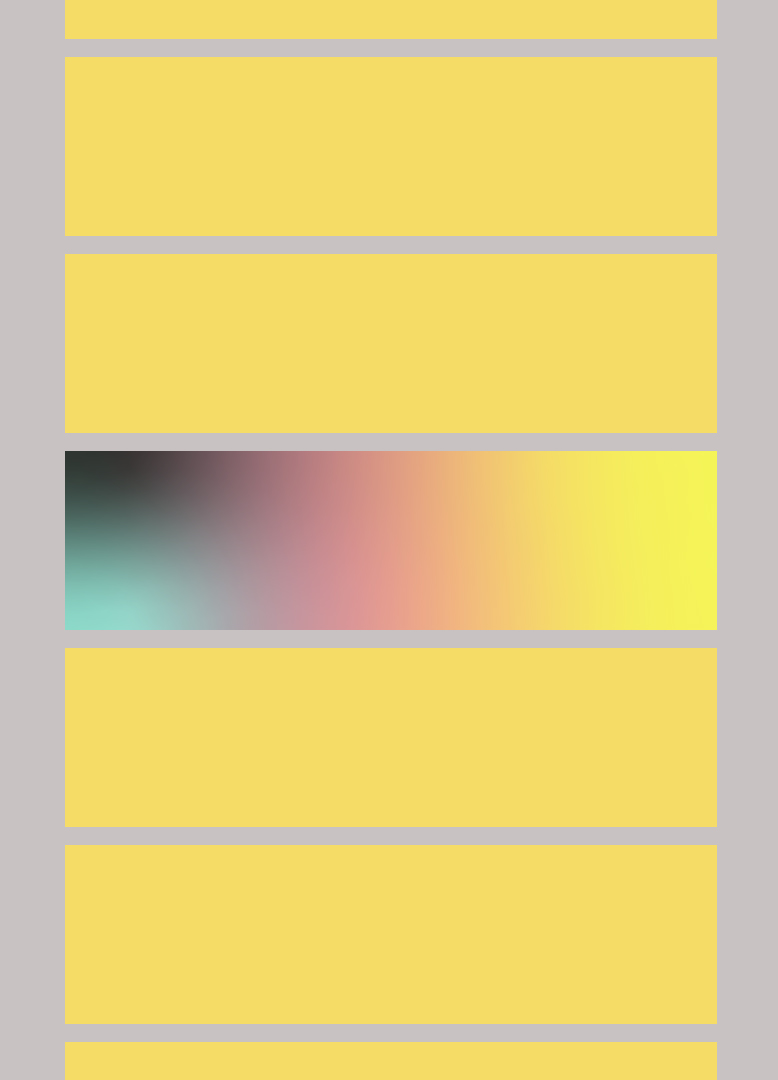

Existing approaches
to improve curation algorithms
[Adomavicius, G. and Tuzhilin, A., 2011] [Zhao, Q. et al., 2018],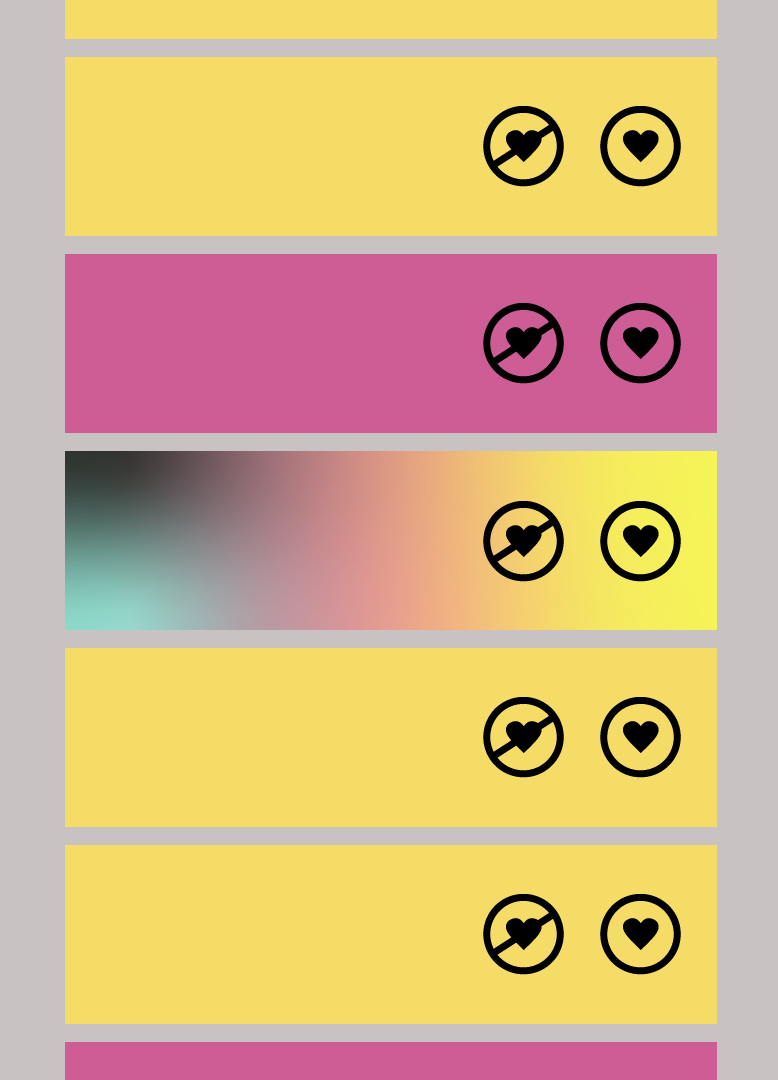
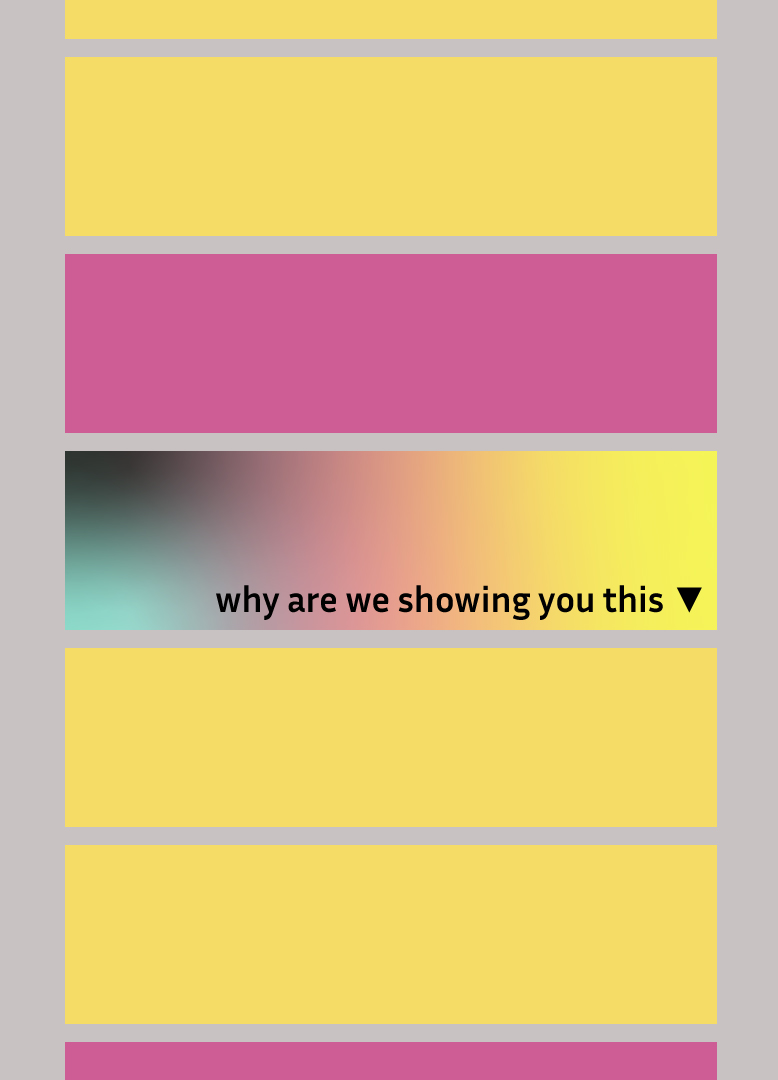
— 2 —
Methodology
Research Question:
How do people interact with curation algorithms?
interviews
16 participants
9 women, 7 men
Nationalities: Chinese, Dutch, French, Italian, Japanese
Expertise: 5 experts, 6 average and 5 basic knowledge
Research Question:
How do people interact with curation algorithms?
Platforms discussed:
youtube, spotify, facebook, twitter, instagram, pinterest, netflix, deezer, tumblr, goodreads, youPorn and tinder + RSS feeds.
-Beyond binary algorithms
-One is not enough
-Materializing History
-Explicit Sharing
Design Alternatives
challenging the status quo about what “interacting with algorithms” means.
[Gaver, B. and Martin, H. 2000] [Pierce, J. and DiSalvo, C. 2018]Constraints:
-designing from participants' strategies
-using only established technologies
-low fidelity approach
— design alternative n°1 —
Beyond binary algorithms
Beyond binary algorithms
“it's the perverse side of social networks, because you never know what you are not seeing”
-P1
P1 realized that she had missed important news from a friend because the algorithm had stopped showing her posts on instagram.
Beyond binary algorithms
“it's the perverse side of social networks, because you never know what you are not seeing”
-P1
P3 is reluctant to interact with netflix algorithm: “I wouldn't know what I might be missing if I use thumb down”
Questionning
the wall
grids and lists prevent any meaningful visual curation

Questionning
the wall
grids and lists prevent any meaningful visual curation
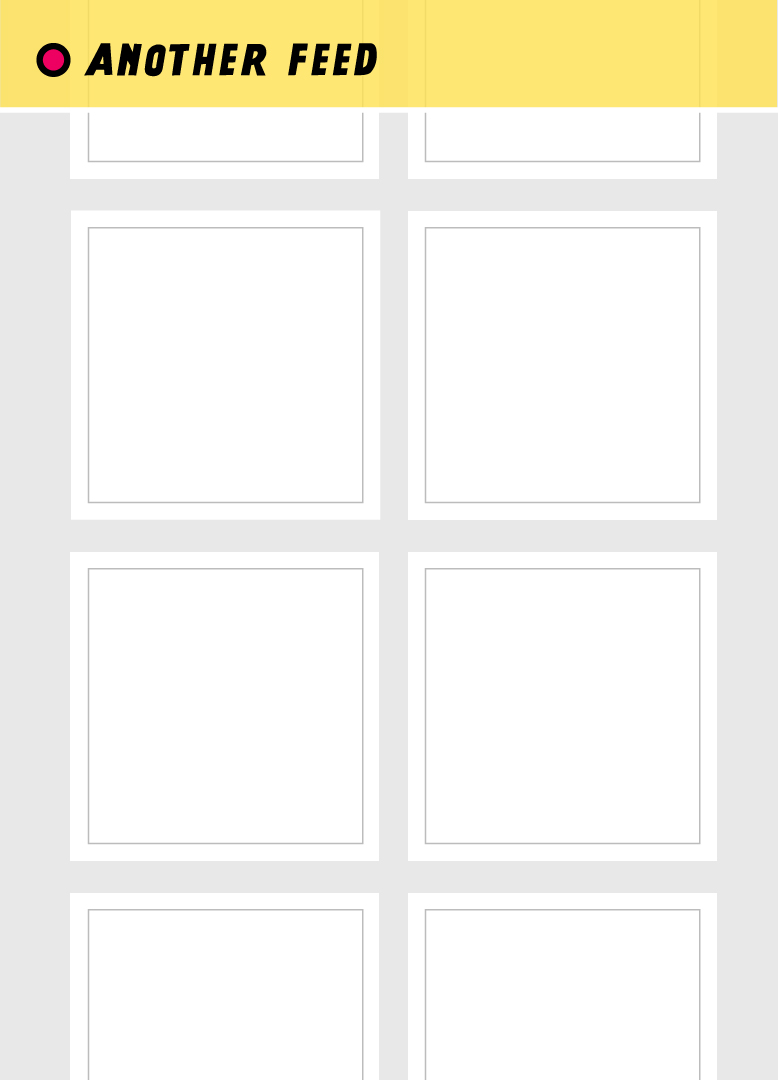
Towards a visual curation
providing meaningful space for a nuanced curation
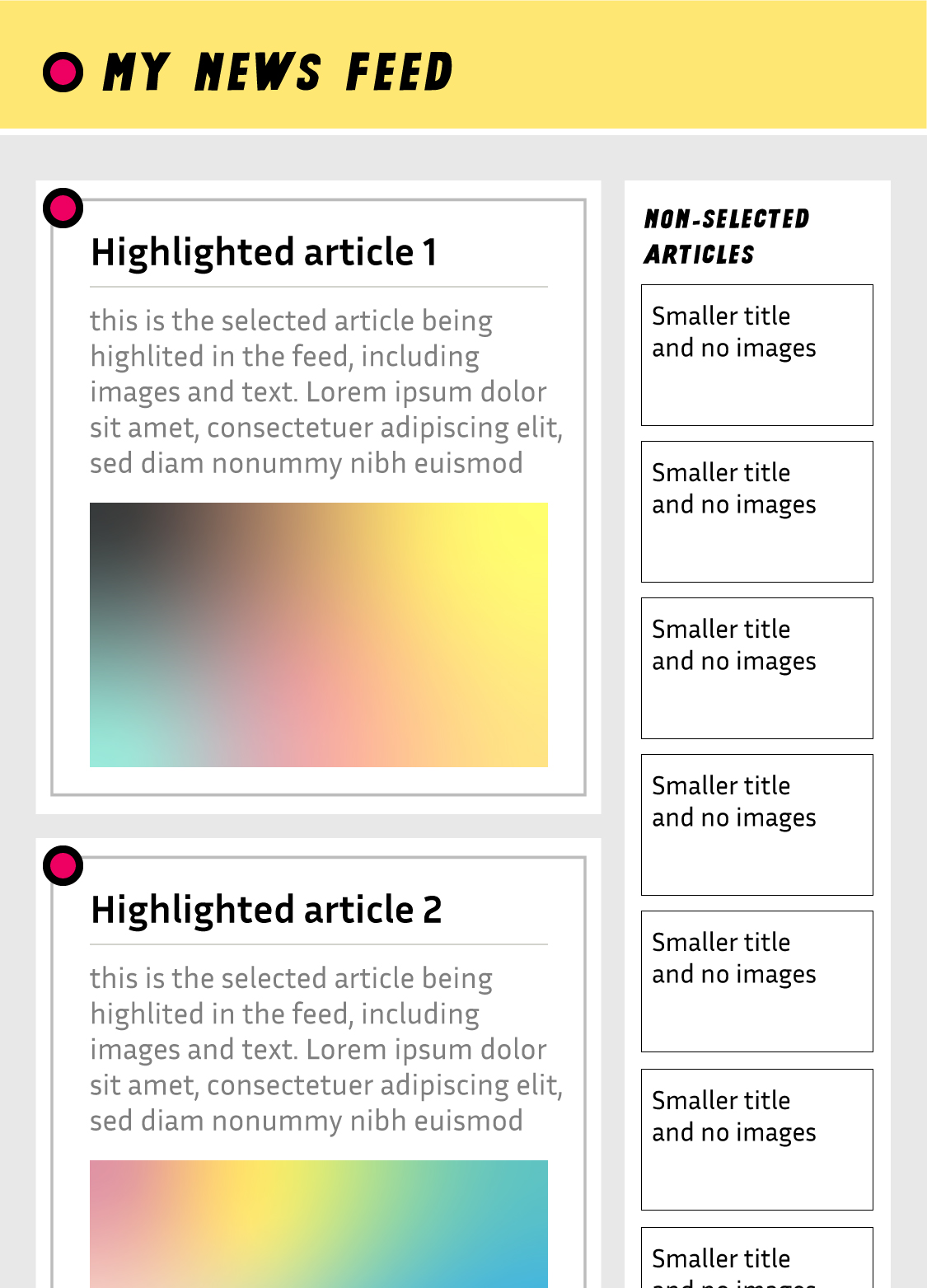
Towards a visual curation
newspapers know
how to prioritise information
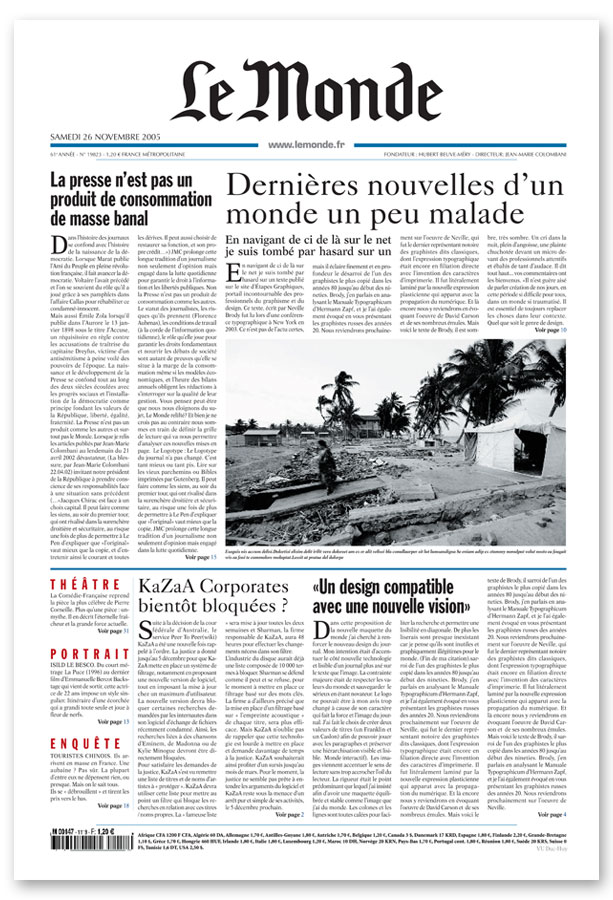
Towards a visual curation
giving meaningful space
for feedback

the importance
of information decoration
“On my tumblr, there is a lot of content that serve absolutely no purpose but it’s part of the decoration of the digital environment, it needs to be there”
-P3
— design alternative n°2 —
One is not enough
One size fits all algorithms
Tension about being in control
P10 is always welcoming youtube recommendations but gets extremely annoyed when spotify chooses the next song for him
One
is not Enough
Discovery opportunities
P12 recently discovered a new song thanks to her cousin. spotify could not have recommended it to her because it is “some kind of 30’s inspired music” and she doesn't listen to this type of music at all.
One is not Enough
why only one algorithm?
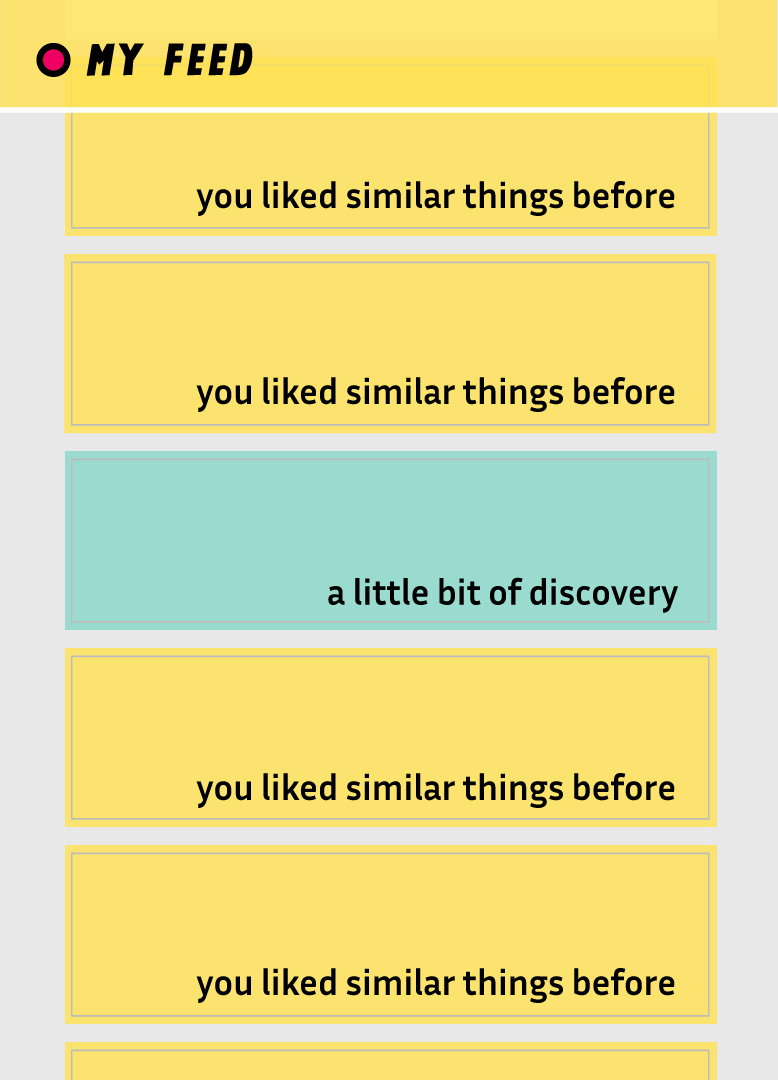
One is not Enough
why only one algorithm?
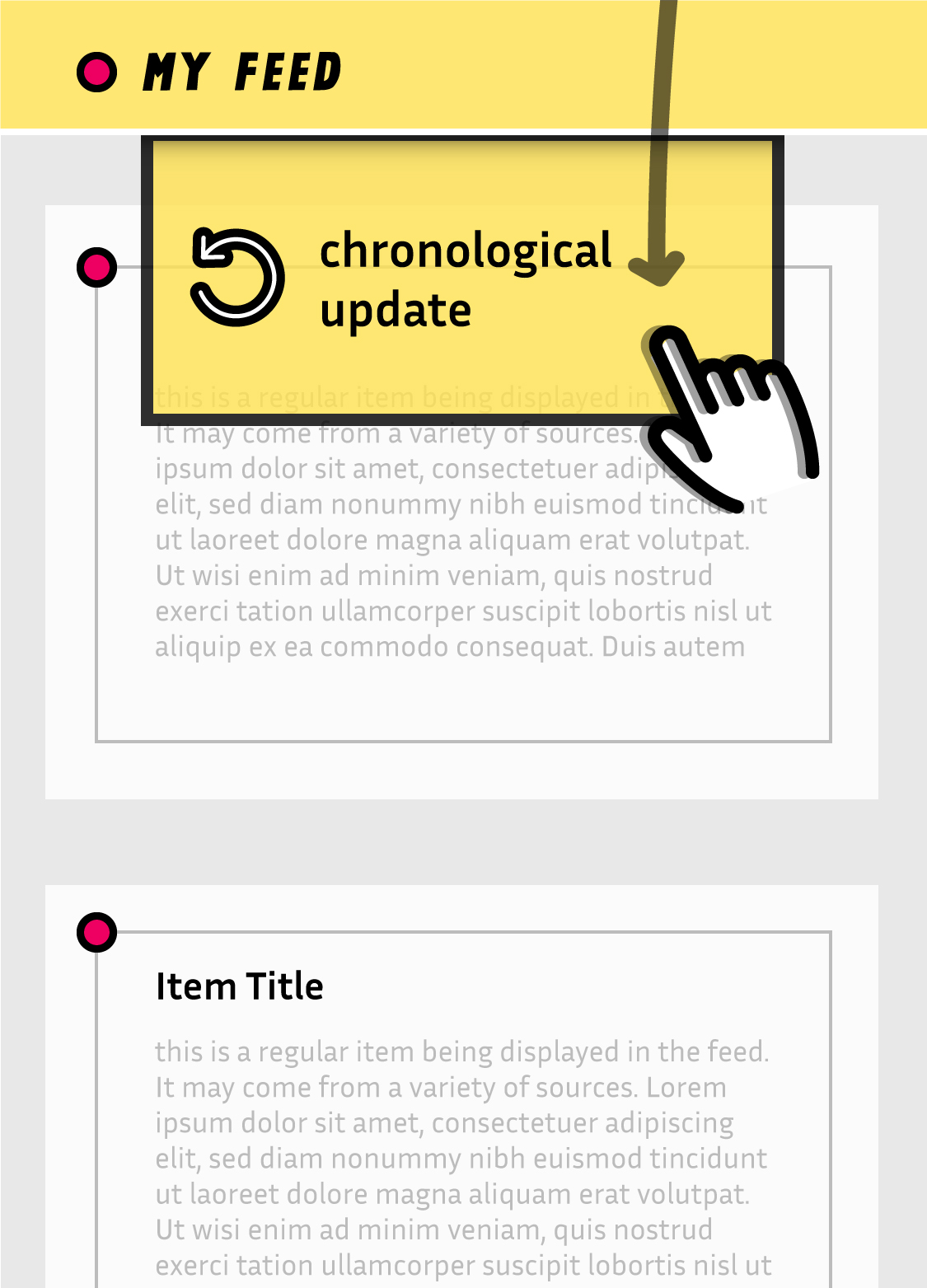
One is not Enough
why only one algorithm?
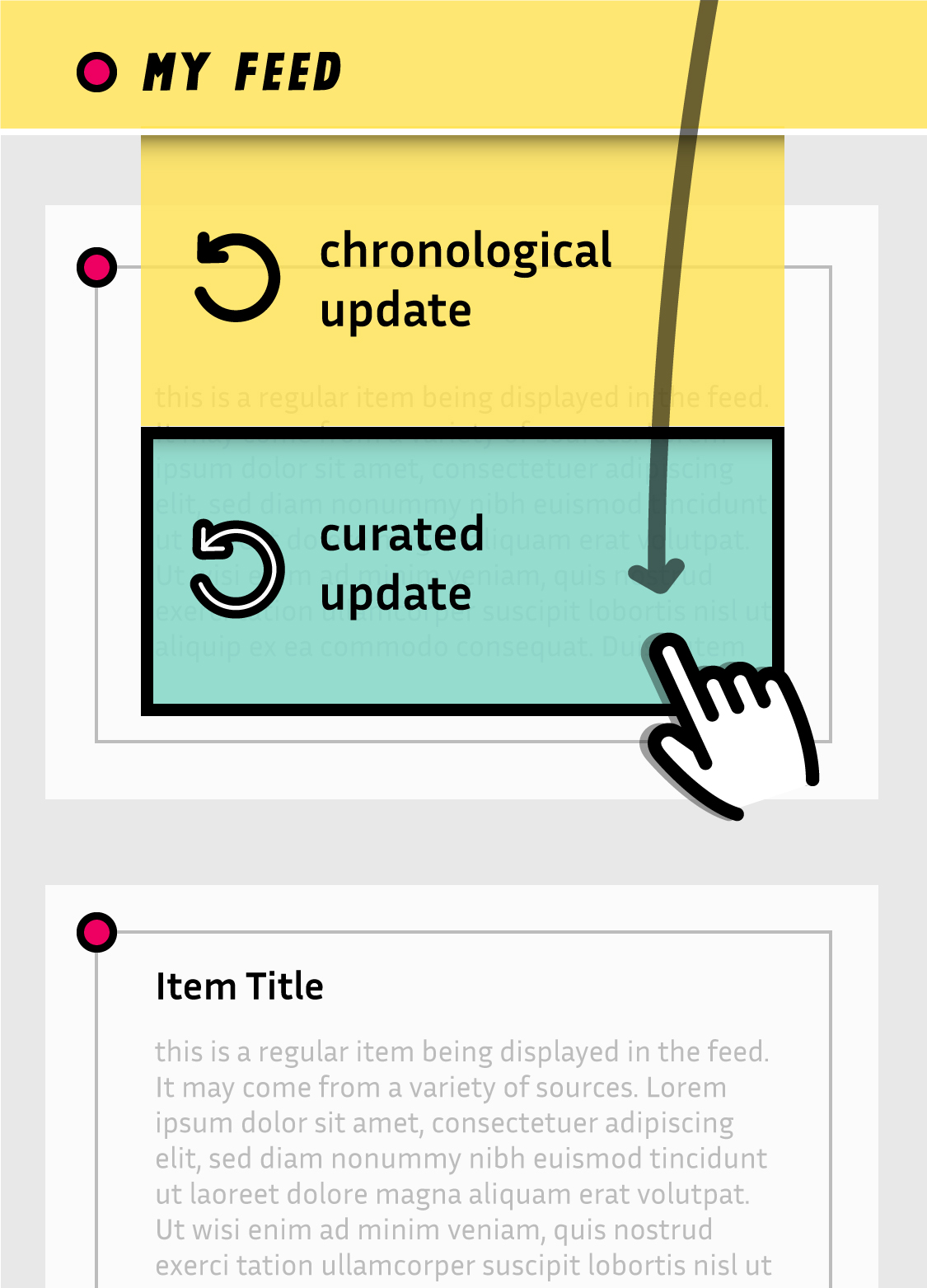
One is not Enough
why only one algorithm?
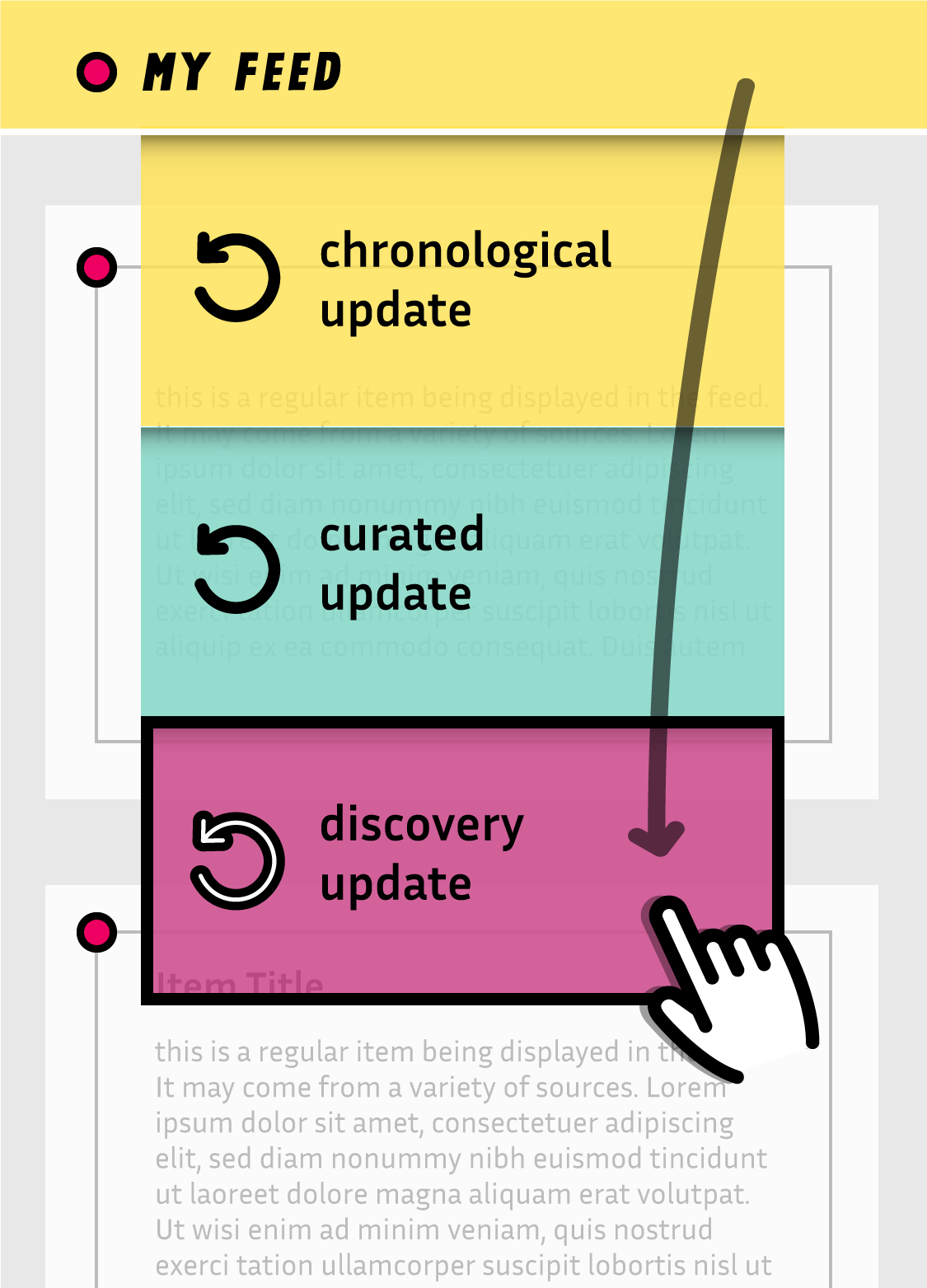
— design alternative n°3 —
Materializing the history
Materializing
the history
P15 disovered a new genre of electronic music thanks to her colleague. But as soon as she went back to listening to her usual songs, the algorithm stopped suggesting electronic music and now she had lost access to it”
-P15
Materializing
the history
P12 was disapointed that even when playing “party music”, the youtube algorithm is always bringing back the typical songs that she listens to, even though they are not matching the party’s mood.
Materializing
the history
P6 constantly tries to keep on listening certain songs periodically on youtube in order to force the algorithm to recommend more of this type of content
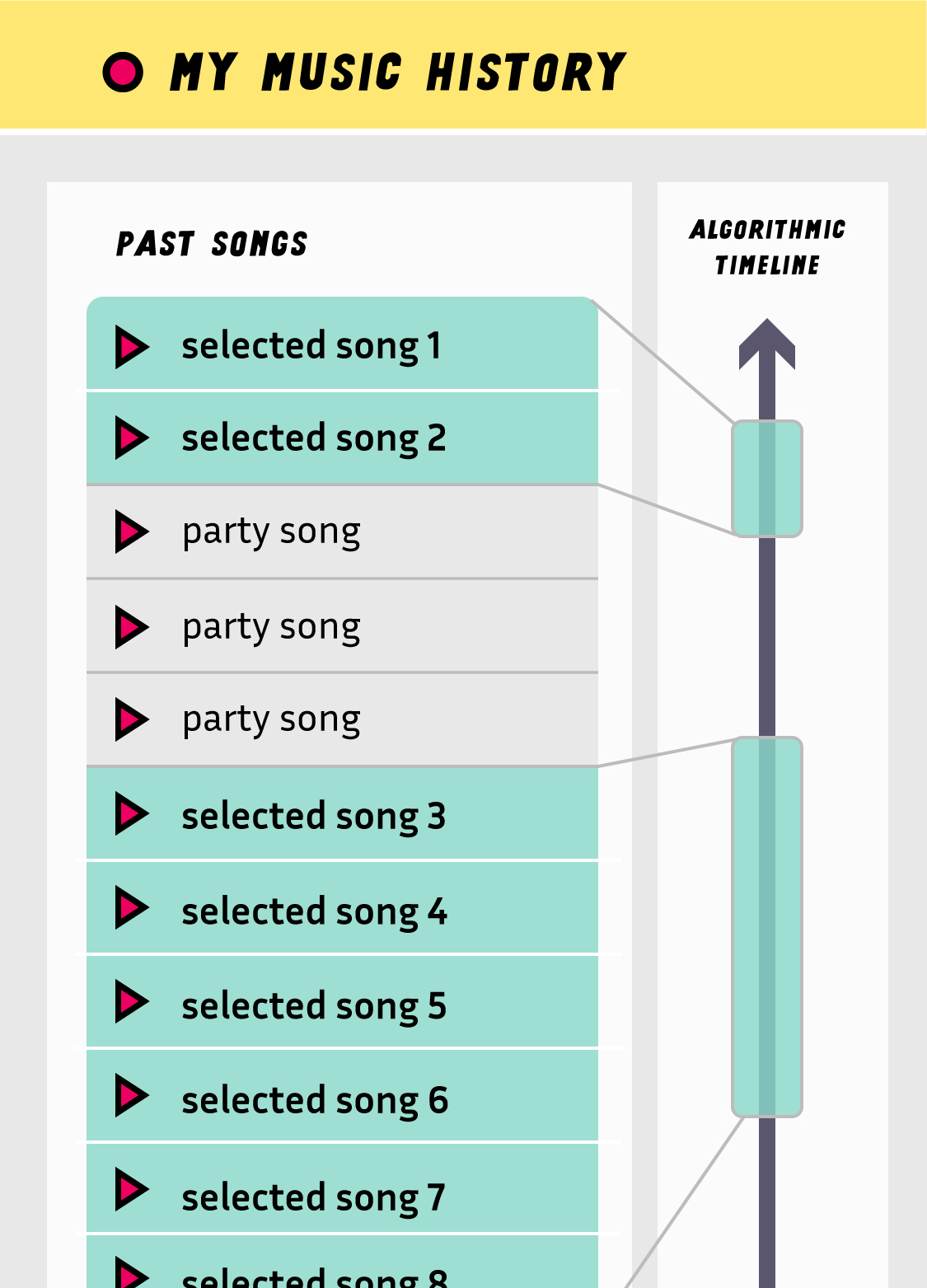
— design alternative n°4 —
Explicit sharing
Explicit sharing
“I spend my time trying to control what I see and it’s very frustrating because I cannot do it with the nuance I want”.
-P11
Miscommunications
one action, different interpretations
“I just wanted to save that one sequence of Yoga to keep the link, but when I came back, pinterest started to display plenty of yoga-related stuff”
-P1
Repurposing interaction
to interact with the algorithm
“I was just skipping songs on spotify, even if on the radio it wouldn't have bothered me, but this is not exactly what I am looking for, because I hope that the algorithm will read that as: less of that type of thing”
-P3
Repurposing interaction
to interact with the algorithm
P1 decided to use the like button on instagram as a way to say “I really want to make sure that I see their posts” to the algorithm instead of saying “I like” to that person
Explicit sharing
Reifying the data collected by the algorithm
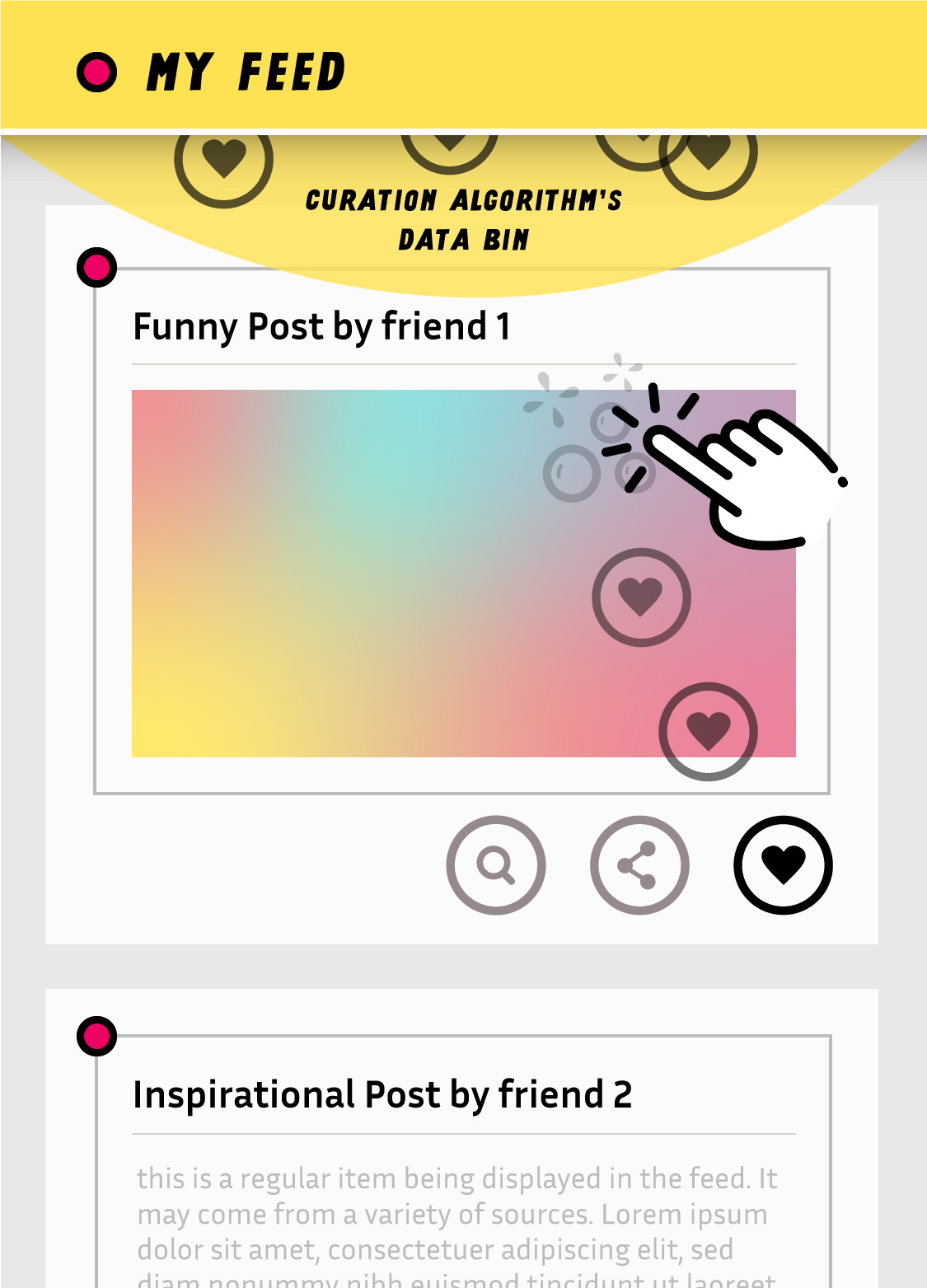
Explicit sharing
Reifying the data collected by the algorithm
P3 uses a VPN to be able to localize his Spotify to France, because music is editorialized differently there
— 7 —
Conclusion
Impoverished design
curation algorithms have
co-evolved with the simplification of interfaces
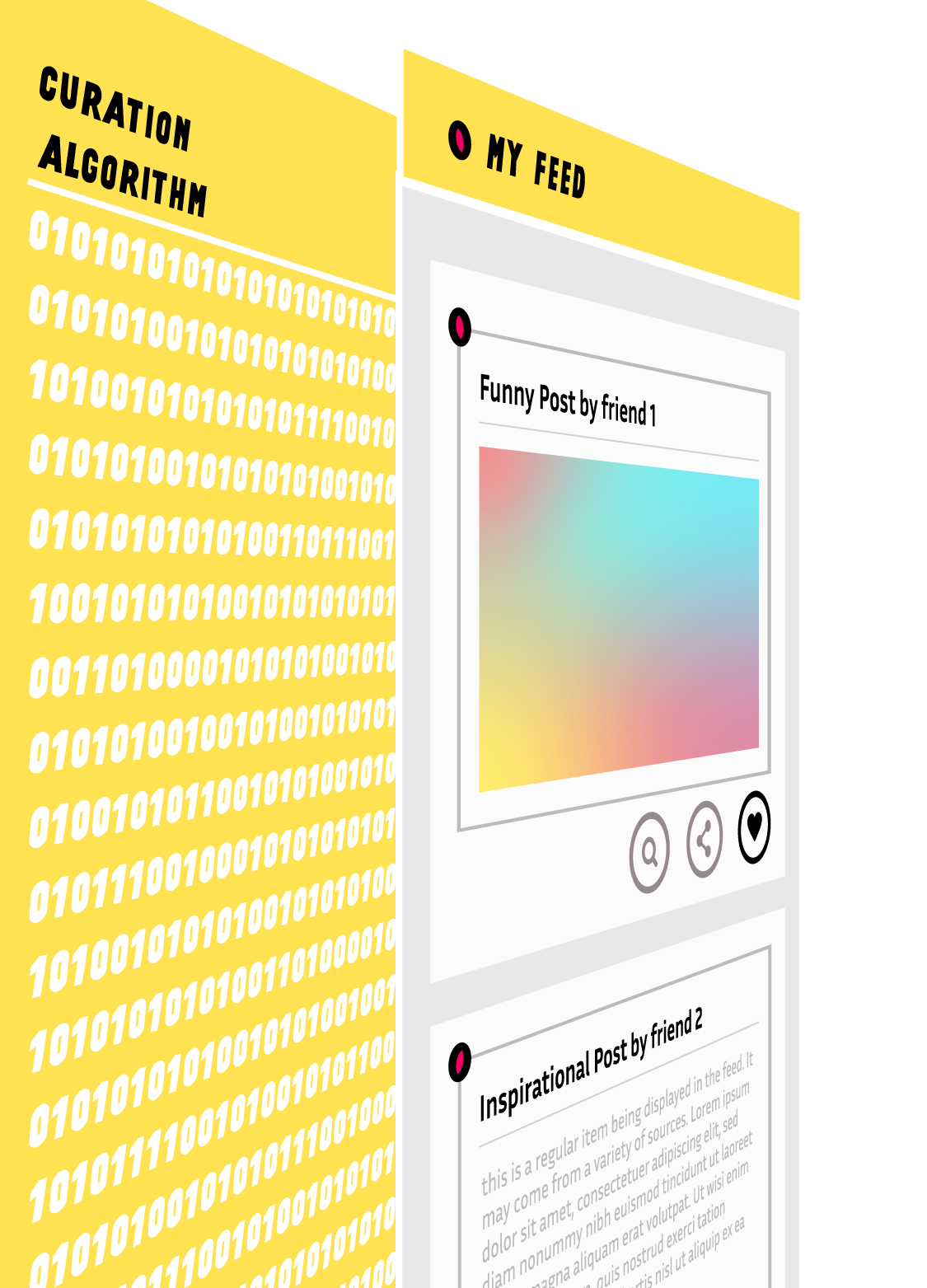
Bringing back algorithms in the fabric of design
exploring the potential of information visualisation
[Strausfeld, L., 1995],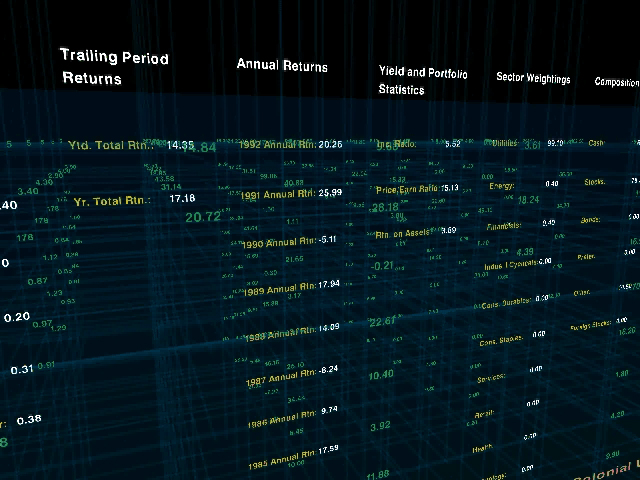
Limitations
the real problem is not curation algorithms, it's the business model and the corporate interests.

Dead Angles
of Personalization:
Integrating Curation Algorithms
in the Fabric of Design
Special thanks
to all the participants
Slides built with reveal.js
Fonts: Vesper Libre, Montserrat, Crick &